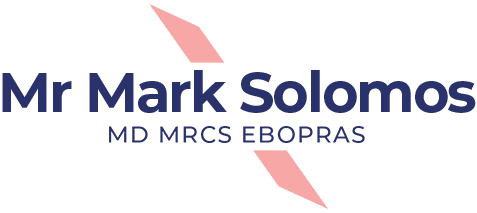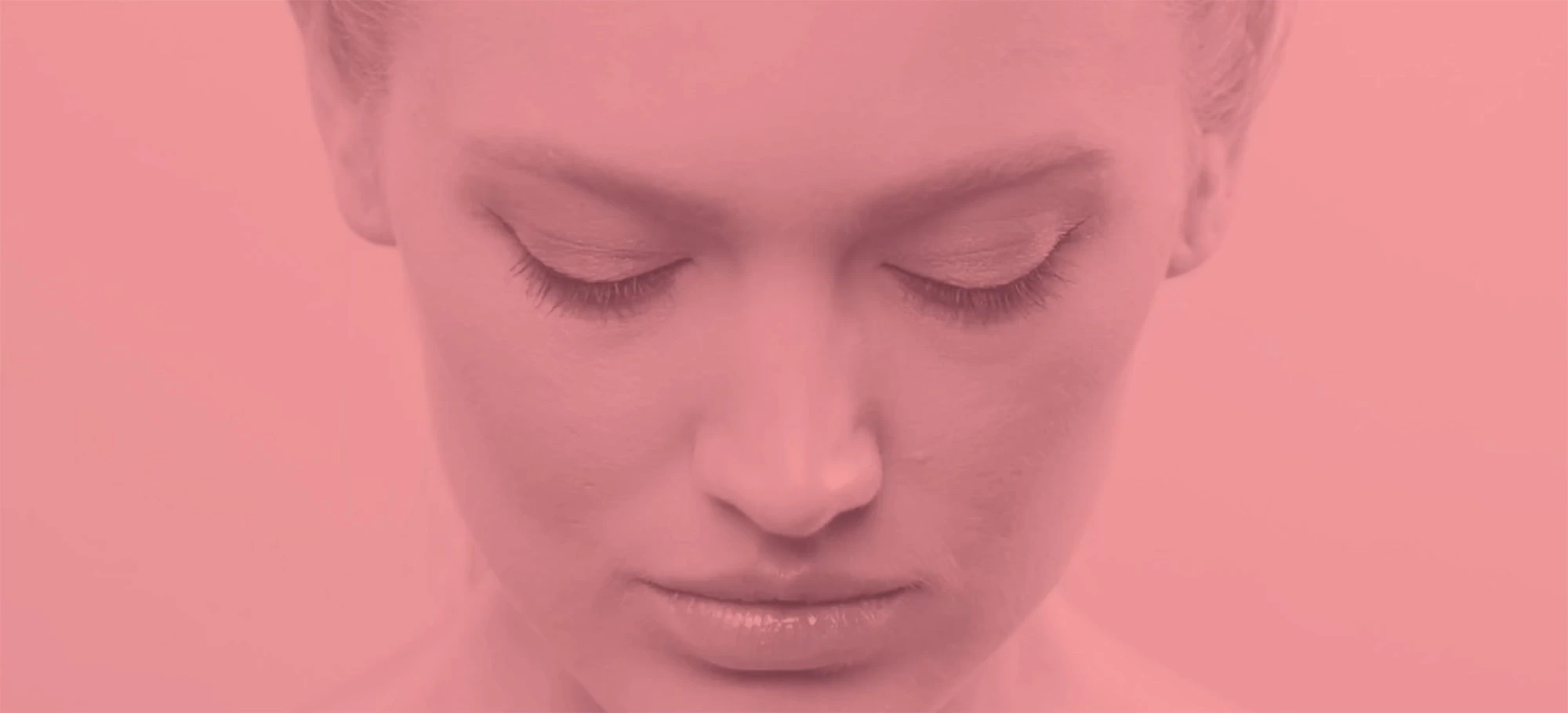A Comprehensive Guide to Nasal Surgery
As a plastic surgeon practising in London, I’ve had the privilege of witnessing the transformative power of rhinoplasty, often referred to as a “nose job.” This popular surgical procedure goes beyond enhancing facial aesthetics; it can significantly boost self-esteem and confidence.
A Journey Through Time: The History of Rhinoplasty
The roots of rhinoplasty can be traced back to ancient civilisations. In ancient Egypt, around 3000 BCE, the physician Imhotep is credited with performing the first recorded nose job. Centuries later, in ancient India, the surgeon Sushruta pioneered a technique for nasal reconstruction using skin grafts from the forehead.
Modern rhinoplasty owes much to the advancements made in the late 19th and early 20th centuries by Jacques Joseph, hailed as the “father of modern rhinoplasty.” His innovative techniques refined the procedure, leading to more natural-looking results. Today, rhinoplasty is one of the most sought-after plastic surgeries worldwide, helping countless individuals achieve their desired nasal aesthetics.
Types of Rhinoplasty: A Tailored Approach
Rhinoplasty is not a one-size-fits-all procedure. It’s highly customisable, with various techniques available to achieve the desired outcome. Some of the common types of rhinoplasty include:
- Open Rhinoplasty: This technique involves a small incision on the columella (the strip of tissue between the nostrils) to access the underlying nasal structures. It offers greater visibility and precision, making it suitable for complex cases.
- Closed Rhinoplasty: Incisions are made inside the nostrils, leaving no visible scars. This approach is ideal for less extensive procedures where visibility is less critical.
- Revision Rhinoplasty: Also known as secondary rhinoplasty, this procedure addresses complications or unsatisfactory results from a previous nose job.
- Non-surgical Rhinoplasty: A minimally invasive option using injectable fillers to alter the nose’s shape and contour without surgery. This is suitable for minor adjustments and those who are not ready for surgery.
The Consultation: A Collaborative Approach
A successful rhinoplasty journey begins with a thorough consultation. During this meeting, I take the time to understand your concerns, goals, and expectations. We will discuss your medical history, examine your nasal structures, and evaluate your facial features to determine the most suitable approach. Open communication and collaboration are key to ensuring we are on the same page, leading to a more satisfying surgical experience.
The Rhinoplasty Procedure: What to Expect
Rhinoplasty is typically performed under general anaesthesia, though local anaesthesia with sedation may be an option in some cases. The surgery can take anywhere from one to three hours, depending on the complexity.
Once the incisions are made, the surgeon carefully reshapes the nasal structures to achieve the desired outcome. This may involve removing or reshaping bone and cartilage, adjusting the nasal tip, or correcting any functional issues that may be affecting breathing. After the reshaping is complete, the incisions are closed, and a splint may be applied to support the nose during healing.
Who Can Benefit from Rhinoplasty?
Rhinoplasty can be a suitable option for individuals who:
- Are unhappy with the size, shape, or angle of their nose.
- Have a nasal hump or bump they wish to reduce.
- Have a wide or bulbous nasal tip they want to refine.
- Experience breathing difficulties due to structural issues in the nose.
- Have suffered nasal trauma or have a birth defect affecting the nose.
If you are considering rhinoplasty, I encourage you to schedule a consultation. We can discuss your individual needs and goals and determine if rhinoplasty is the right choice for you.
Disclaimer: Individual results may vary.




